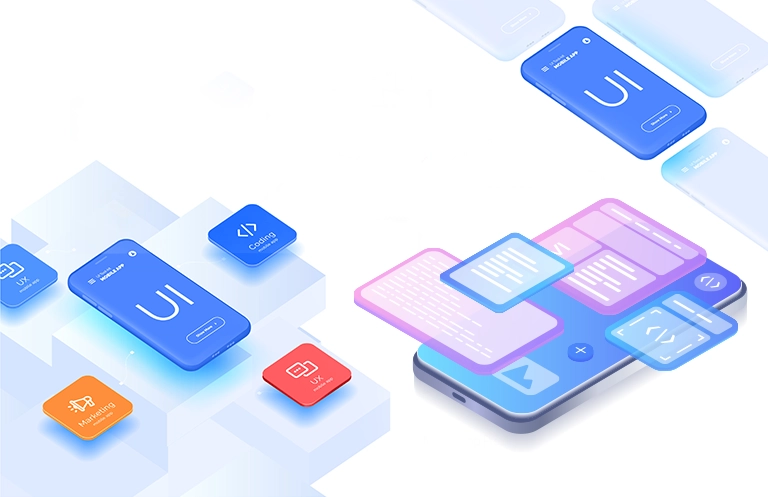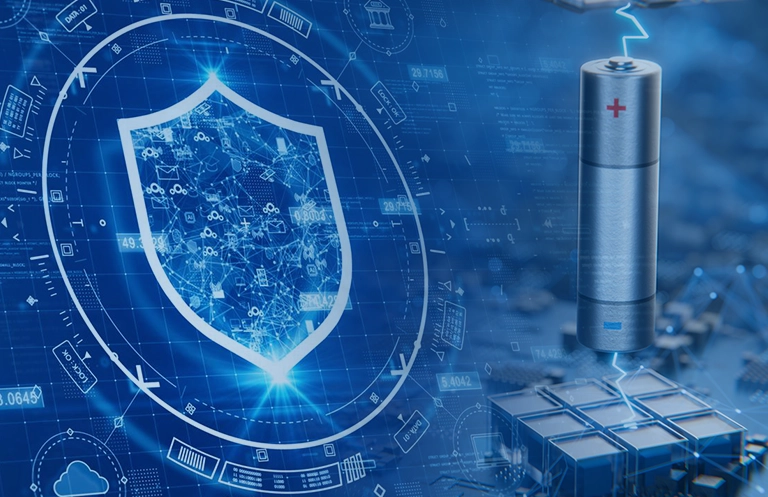The global cloud monitoring market is expected to reach USD 1,976.9 million by 2022, at a Compound Annual Growth Rate (CAGR) of 19.2%, according to MarketsandMarkets.
Gartner predicts that by 2021, 28% of all IT spending will be for cloud-based infrastructure, middleware, application development, and business process services. With this spending, the need to implement cloud monitoring of IaaS, PaaS and SaaS resources such as storage, computing, networking, application performance, etc., becomes one of the critical requirements of IT infrastructure operations. Moreover, the increasing cloud regulatory compliance, security standards as well as demand for scalable and cost-effective cloud solutions are driving the need and adoption of cloud monitoring services.
The market for #CloudMonitoring is expected to reach USD 1,976.9 million by 2022 at a CAGR of 19.2%, according to #MarketsandMarkets
Cloud monitoring is being carried out by independent vendors, who often face the dilemma of choosing the best cloud monitoring solution from the ones available in the market based on customer’s requirements. When it comes to implementing cloud monitoring strategy, there are several factors that need to be considered apart from basic considerations such as price, features, scope coverage etc.
Below are some elements that form part of an effective, forward-looking cloud-monitoring strategy:
1. Unified Monitoring Solution for Cloud and Application Monitoring
CIO and engineering teams are often divided in their opinion on spending between cloud monitoring and application monitoring tools. But, decision-makers can get the right view of uptime, mean time to recover, and mean time to resolve metrics only from a unified monitoring tool for the cloud, application, networking, virtual environments, database and end user. With this unified dynamic view, DevOps teams can also rapidly make updates if needed. Also with a unified monitoring solution, one can get a view of both on-premise and cloud infrastructure mostly integrated with the APIs.
2. ChatOps Adoption
There are already various tools in place to automate the system and application-related tasks like system status checks, alert management, incident management, etc. But it is also necessary to extend this automation further to teams working on addressing the incidents for better collaboration automation. ChatOps is about automating multitasking of engineers by providing a shared chat workspace so that they can collaborate through conversations to complete the task. This directly affects the mean time to respond and resolve as everyone in the team is aware of the latest status and can work more efficiently. ChatOps is also about knowledge sharing, increasing productivity, and decreasing the learning curve. Hence, ChatOps tools integration with the incident and alert management tools is one of the essentials of cloud monitoring.
3. Bot Automation
An extension to ChatOps is Bot automation. Bots typically work by reading text or commands and live within the applications. They are efficient means to automate small tasks like searching past similar incidents or sending notifications to the team. Chatbots and Opbots for interactive and operational commands are a perfect fit in the alert and incident management lifecycle. ChatOps tools provide easy ways to write bots for applications. There is also a Microsoft bot framework that can integrate with a range of platforms like Slack, Skype, etc. Also with the rise of deep learning technologies like natural language processing and text to speech conversion, Chatbots are becoming increasingly common in customer service. Hence, bots are a vital element of an organization’s cloud monitoring strategy.
4. Analytics
In today’s age of artificial intelligence and machine learning, it becomes necessary to correlate and analyze the data to optimize the monitoring strategy. Many cloud-monitoring tools leverage multiple applications, containers, and virtual environments to gather data going into metrics preparation, resulting in high-quality insights. The monitoring solution with its ability for API integration can collect data from enterprise or legacy apps also. It helps with insights on root causes of failures, finding a relationship between data and events generated, for example, for product access through mobile to be faster than the web, the data is generated by integrating predictive models in the cloud monitoring platform. Many tools provide the capability to view and learn from the metrics over time by incorporating time series modeling.
Along with these, statistical techniques like FMEA (Failure modes and effects analysis) and Pareto analysis can be used for tools and solution comparison and also can be incorporated as part of the cloud operating model. Hence a cloud monitoring solution capable of incorporating both the organization and end user parameters will provide a holistic view of the cloud infrastructure.
eInfochips provides DevOps services and accelerators to help companies accelerate their product development cycle, improve code quality, enable operational scalability, and deliver higher cost savings. Our expertise lies in providing DevOps consulting, DevOps implementation, continuous integration, and CloudOps managed services. To know more, get in touch with us.













